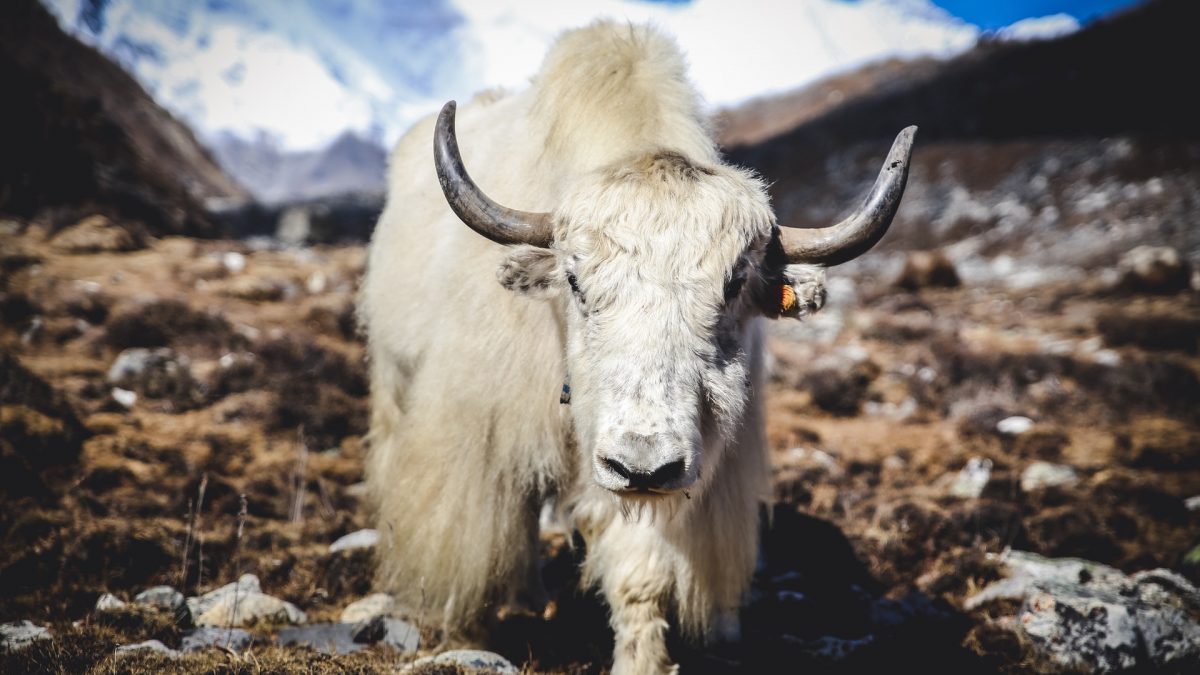
Ever wondered where you can find all the greatest wildlife short movies?
The wildlife documentary is one of our most loved forms of entertainment. TV channels such as Discovery and National Geographic Wild are dedicated to providing audiences with round the clock wildlife entertainment.
Believe it or not but wildlife films are big business. You might not be aware, but seven of the ten highest grossing short films in the U.S feature some form of wildlife theme. The highest grossing short film of all time, “Antarctica” (1991), has made over $100.00 million to date.
Antarctica explores the wildlife and landscape of this amazing wilderness. At 40 minutes, the film would not classify for entry into some short film festivals. However, it packs in so much beautiful cinematography and information that it actually feels more like a feature film than a short anyway.
A Short Film Sequel?
The box office success of Antarctica led to a ‘sequel’ being released in 1998. “Alaska: Spirit of the Wild” (1998) would also go on to gross over $100 million, making it the second most successful short movie of all-time.
Examining the equally amazing wilderness of Alaska, this powerful film features cinema legend Charlton Heston as the narrator. It received a nomination for Best Documentary Short Film at the 1998 Academy Awards. Though it did not win this prestigious award, the movie did win the top prize at several other international film festivals that year.
How Many?
Though the number of us watching wildlife programs on a regular basis seems to be in decline, the figures are still impressive.
National Geographic recently reported that it had some 15 million viewers for its MARS program. The station also reported that by February 2015, some 58 million American households, roughly 50% of all the American households with a television, receive Nat Geo Wild.
The channel is now available on every continent and in some 50 different countries.
Rival channels such as Discovery have even larger viewing figures. Despite the fact that Discovery is not solely dedicated to wildlife films, a good portion of its content is still related to nature.
The First Ever Film
The history of the wildlife movie goes back to the very beginning of cinema. In fact, technically, cinema was born from the wildlife film.
In order to settle the long-standing debate over whether or not a horse always has one foot on the ground when running, photographer Edward Muybridge began an experiment.
In 1878, Muybridge set up a series of cameras to record a racehorse as it ran by. After printing off all of the pictures, Muybridge pasted them together to create the world’s first known film. Though he had no projection facility, when he quickly flicked through the photos fast enough, he created an effect that looked as though the horse was really running.
His film, ‘Race Horse’ finally solved the argument by proving that there was a point that all of a horse’s feet actually were off the ground when it runs.
So despite not being officially recognized as the first ever film, cinema actually began with the wildlife movie.
Things Have Come A Long Way
It is impossible to watch any of the films in National Geographic’s Short Film Showcase and not be blown away by how amazing they are. How filmmakers were able to capture such intimate moments of animal lives is a mystery.
When you discover that many of these scenes took months to capture it hardly seems surprising. We owe a great debt to the camera operators who spent months in foul-smelling caves trying to capture a few seconds of bats giving birth, hanging from trees in tropical rainforests to capture a glimpse of a rare leopard, or in crocodile-infested waters trying to show the more delicate side to these much-feared animals.
To honor this amazing short film channel and the hard work of these filmmakers, here are our top choice wildlife short movies for you to watch:
As the camera fades in, we find ourselves floating above a misty tropical rainforest. This sets the scene for a 17-minute journey of discovery into one of our closest living relatives, the Orangutan. Sadly, this amazing creature is in decline. As we humans increasingly destroy its habitat, this wonderful creature is set to disappear forever.
The film follows the journey of a National Geographic photographer and a research team as they attempt to learn more about this humble creature.
Most of us are repulsed by these creepy insects. However, this wonderfully shot film sheds new light on the lives of tiny animals. Filmmaker Oliver Mueller used custom-made equipment to capture these unbelievable images that will change the way you see these animals forever.
This powerful short from Kristopher Rey-Talley follows a family in Montana as they undertake their annual long distance ride through the mountains of Montana. The film captures the third generation of the family and takes a look at their desire to uphold a tradition that dates back more than 70 years.
More than almost any other creature, the rhino is a victim of human intervention. In many parts of the world, rhinos have already disappeared. This film follows a group of conservationists in Tanzania as they attempt to hide a tracker in a rhino horn to protect it from poachers.
The Outer Hebrides in Scotland is one of the United Kingdom’s last remaining wildernesses. It is also some of the most beautiful landscape that Scotland has to offer.
This entire landscape has been molded by what is known locally as ‘crofting’. This tradition of small-scale farming is still very much alive today. Filmmaker Joya Berrow follows the everyday life of crofter Donald John Macinnes as he goes about taking care of his cattle.





Stay connected